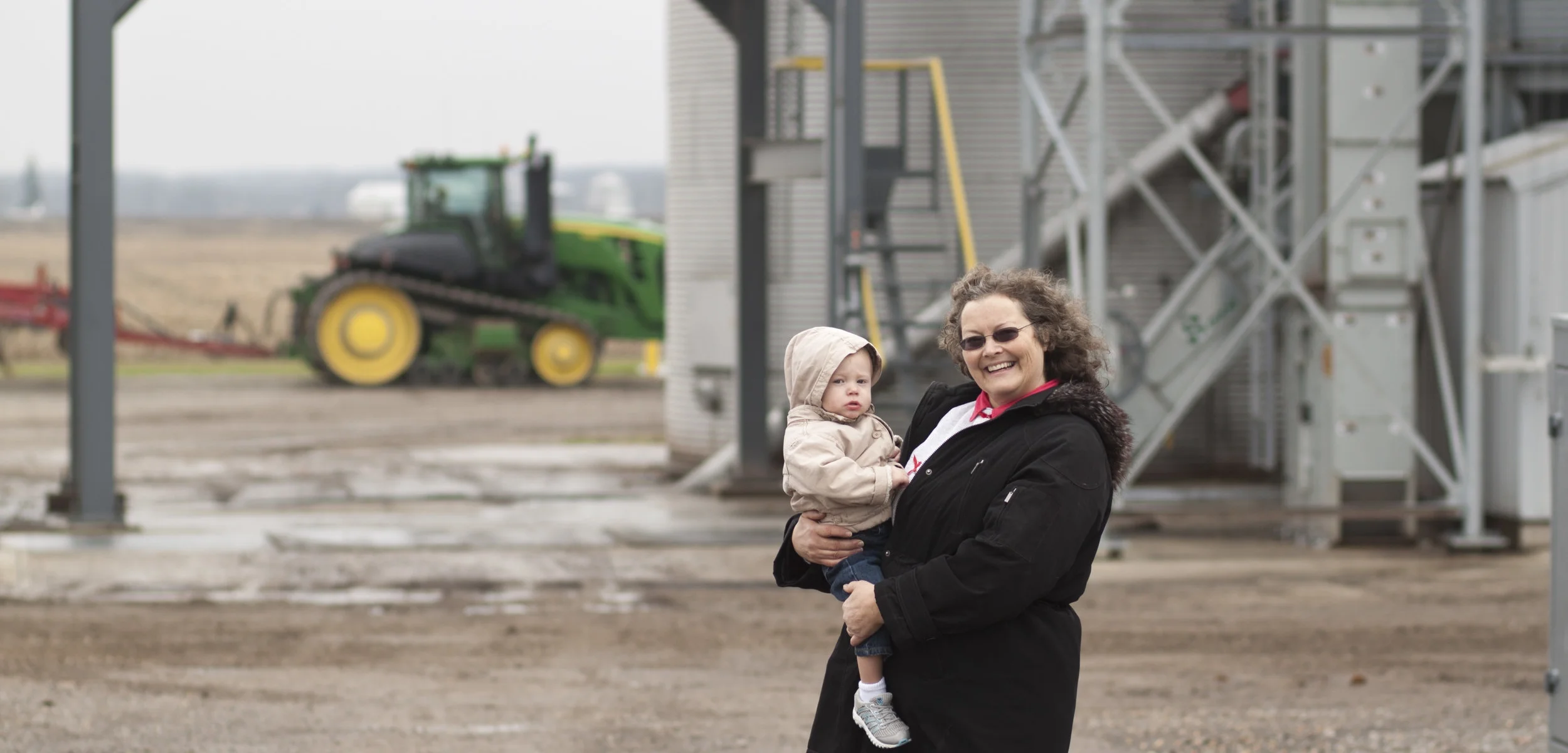Safe Play on Farms
More than 100,000 children are injured on U.S. farms every year, and more than 22,000 of these children are treated at emergency departments for their injuries.
Safe Play on Farms
Although farms are places for work, more than 1 million children live on farms, and many more visit farms every year. Unfortunately, large animals, machinery, and equipment can make farms a dangerous place for children to play. More than 100,000 children are injured on U.S. farms every year, and more than 22,000 of these children are treated at emergency departments for their injuries.
FARM INJURY FACTS
- Farm injuries are most common among preschoolers and younger teens. Most farm-related deaths occur to children younger than 4 years old.
- Young children are more likely to be injured than older children because they lack coordination and do not understand the risks of their behaviors.
- Common causes of injury to children younger than 6 years include falls, drowning, large animals, machinery, and tractors.
CREATING A SAFE PLAY AREA
Most farms do not have fenced play areas for young children. It is important to set up a play area free of hazards and away from the working area.
- Create a play area where an adult can easily see and hear children.
- Identify potential hazards such as traffic, water, poisonous plants, animals, farm equipment, and too much direct sunlight.
- Use fences, gates, or closely planted shrubs to close in the play area and keep children away from hazards.
TIPS FOR SAFE PLAY OUTSIDE
- Always supervise young children who are playing on the farm.
- Cover the ground under and around the play equipment and tree houses with safety surfacing such as woodchips or mulch.
- Backyard trampolines are not safe, even if they have net siding.
- Remind children that they must wear a helmet every time they ride bikes or use skates, scooters, or skateboards. Helmets are also needed during winter sports, like sledding.
- Check for and lock up things that could be poisonous to your child. Poisons on farms include pesticides, plants, cleaning products, fuel, and animal medications.
- Apply sunscreen with an SPF of at least 15 on your child 30 minutes before playing, and reapply the sunscreen every 2 hours. Remember that sunscreen is needed on cloudy days, too.
- Set strict limits about where and when children are allowed to play outside. Always enforce the rules.
DROWNING
- Drowning can happen very quickly, silently and in just inches of water. Beware of ditches, troughs, creeks, or anything that can collect water.
- Put up a 4-sided fence at least 4 feet high, with a gate that closes and latches on its own around all bodies of water.
- Install rescue posts near ponds and other large bodies of water. Include nylon rope, a life buoy, and a rescue pole.
ANIMAL SAFETY
- Always supervise young children around livestock. Teach children how to treat animals, where to stand, which animals to avoid, and how to recognize angry animals.
- Always wear closed-toe shoes around animals.
FARM VEHICLES
- Never let children play on or near farm vehicles, even if the vehicle is not in use.
- Remove the keys when a farm vehicle is not in use.
- Keep them out of sight and reach of children.
- Children should never be passengers or extra riders on riding lawn mowers, tractors, ATVs, wagons, and truck beds. Children should not drive these vehicles until they are at least 16 years old and trained.
FALLS
- The most serious falls occur from great heights and onto hard surfaces. Falls are less severe if the ground around the play area is covered in 12 inches of woodchips or mulch.
- Do not let children play in a barn unsupervised.
- Lock fixed ladders on barns and silos to prevent children from playing on them.
Content provided by the Center for Injury Research and Policy at Nationwide Children’s





